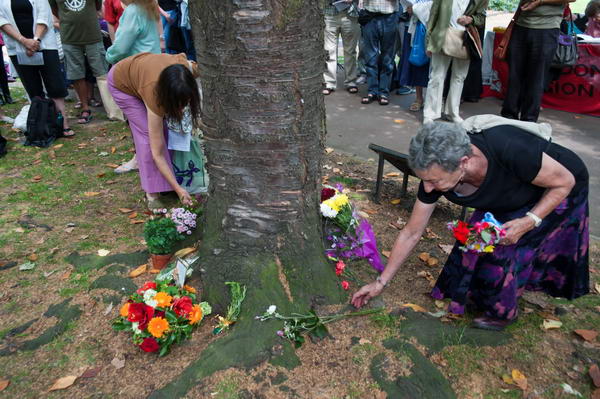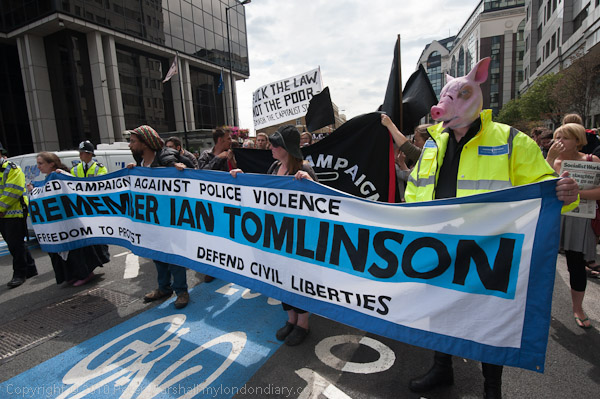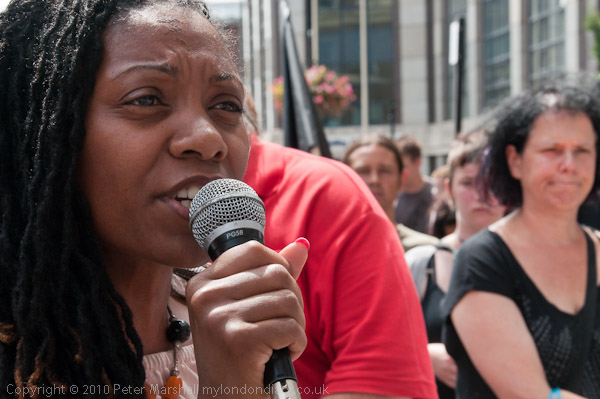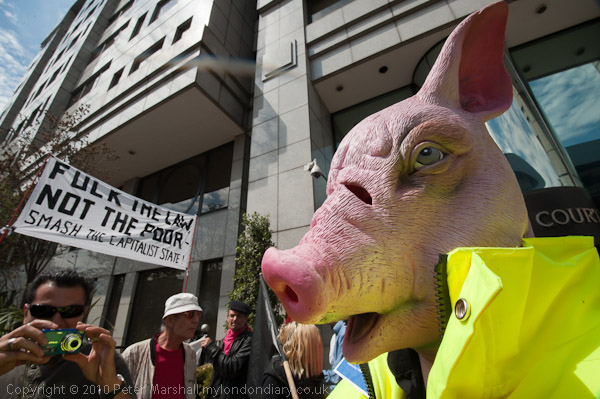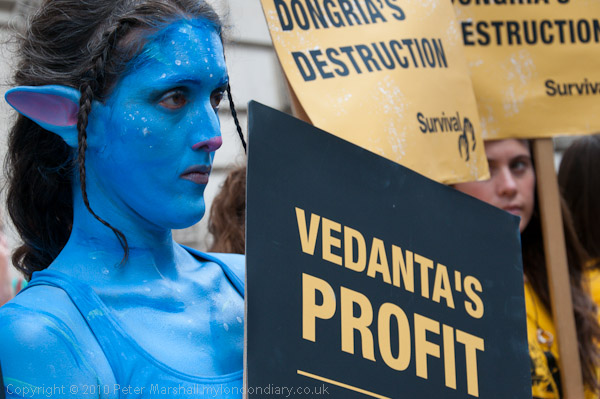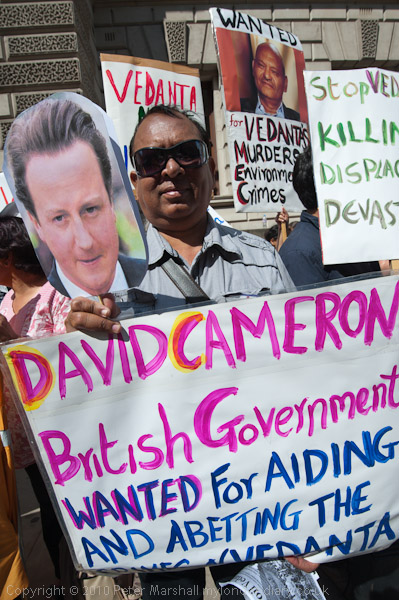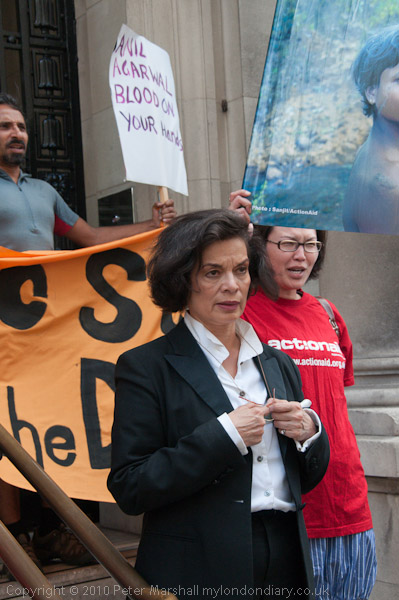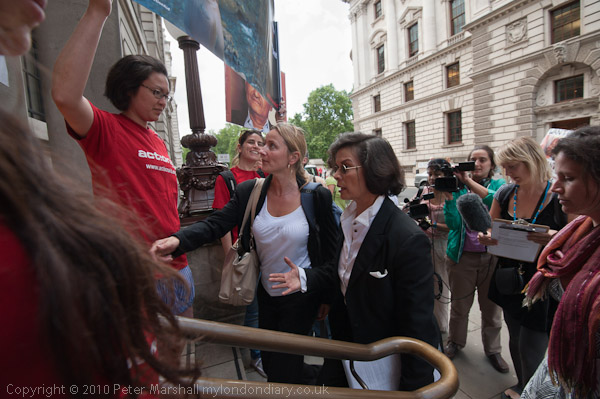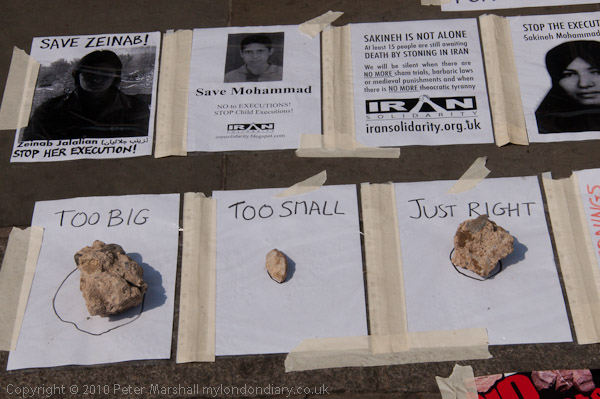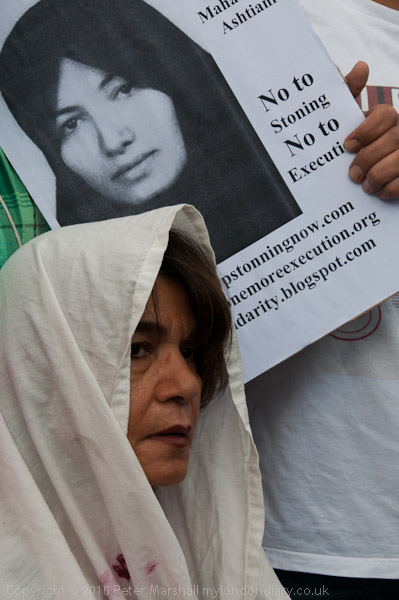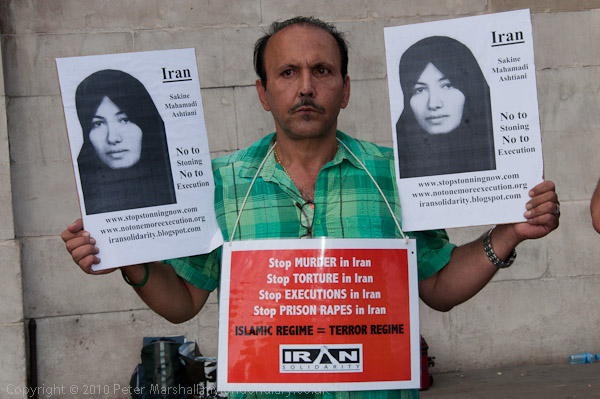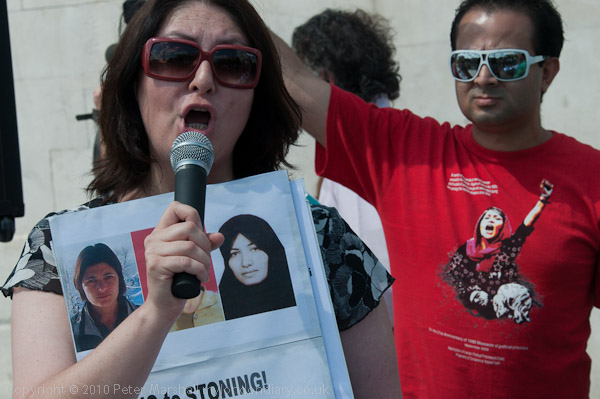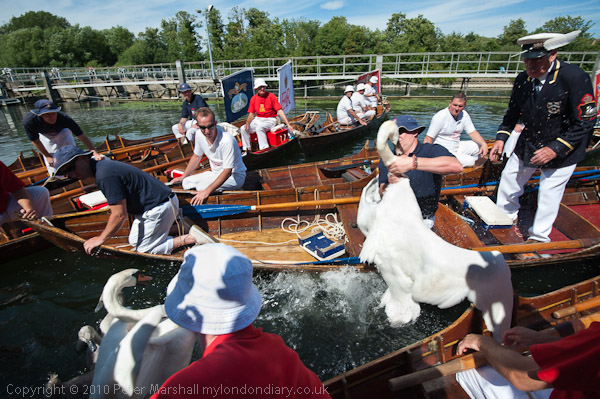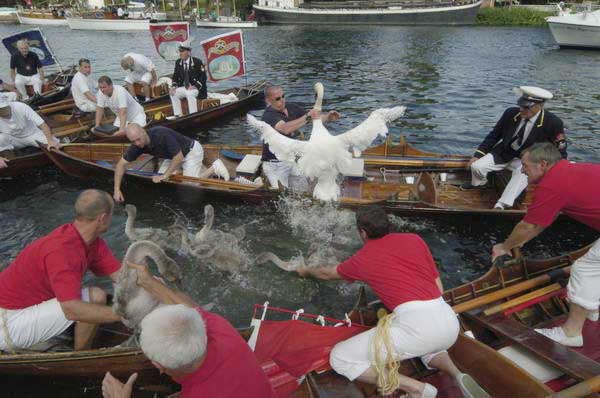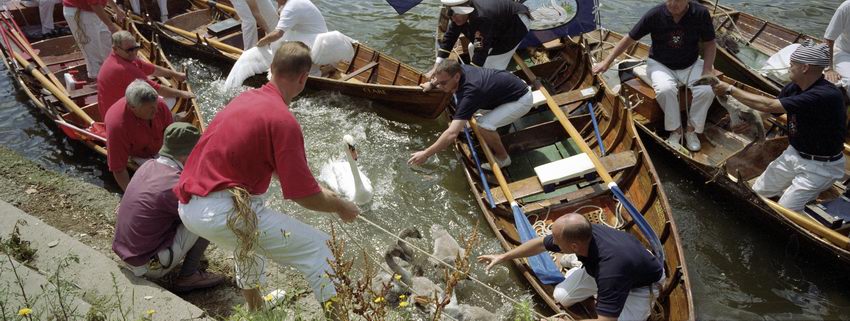What do you do when you turn up to photograph a protest where you’ve been told there will be several hundred people and you get there at the stated starting time to find around three people there?
Its actually three more than at one event I went to photograph earlier in the year, which was a total no show. Usually I’ve got the phone number of an organiser or organisation, but too often I find I’ve left these at home when I go out to take pictures. I’ve been meaning for a while to get either a net-book computer that I’ll take everywhere or at least a rather smarter phone than my present mobile and to start organising my photography on a portable device, but at the moment everything lives on a largish tower system next to my ‘desk’ (actually a rather crude table made from a door in the house we decided we didn’t need that I designed and made one afternoon around 15 years ago having found that something the size and solidity I wanted would cost several hundred pounds.)
Having been disappointed a few times by activists who get ideas for protests but don’t do anything to actually organise them, I do now try to check up on events before adding them to my diary. Sometimes just on the web, other times by contacting other people.
On Saturday there were just a handful of people setting up for a demonstration by the British Pakistani Christian Association outside the Pakistan High Commission, but obviously they were expecting more people. The event had been timed to start at 11.00, with a minute by minute programme planned with various speakers, prayers, songs etc, but nothing was happening when I arrived a couple of minutes later.
Often, particularly when other photographers are present, this is an opportunity for a coffee in a nearby cafe or something stronger in a pub. I always try and carry a book with me, both to read on the train on my way to events and also to fill in time when I’m waiting for things to happen. And if I’m in the right place I’ll visit an exhibition – in Trafalgar Square often in the National Gallery which has a fantastic permanent collection on display, or the National Portrait Gallery.
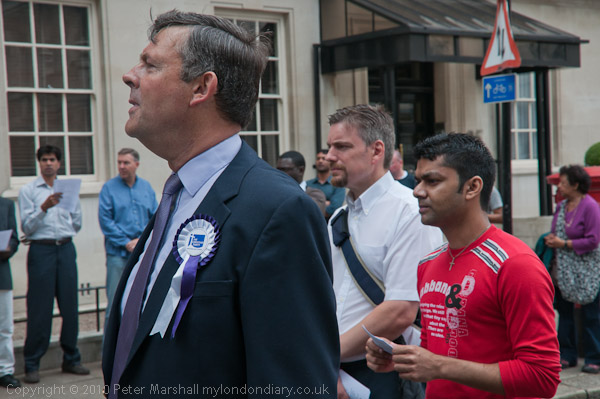
There isn’t a lot to do at Lowndes Square. I did take a short walk – there were a few things around I wanted to check up on – then sat on a wall opposite the protest and read. Fortunately there were a few more people around by 11.35 when the event actually started. Even then I didn’t find a great deal to photograph, although there were moments.
One picture that I didn’t quite get came when a deputation took a petition to the Pakistan High Commission. One man came out onto the steps to meet them and a took a few pictures and then saw a second man looking through the glass of the door. Unfortunately I didn’t think to zoom as far as I could with the 18-125mm I had on the camera (I was working with just the D300) and by the time I’d though about it he had opened the door and come out too.
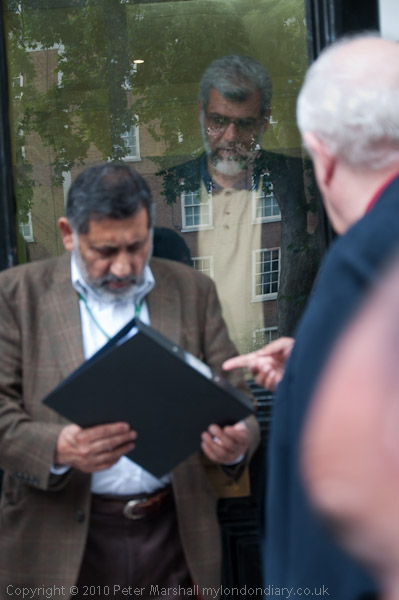
Not a great picture, and certainly it would have benefited from greater depth of field
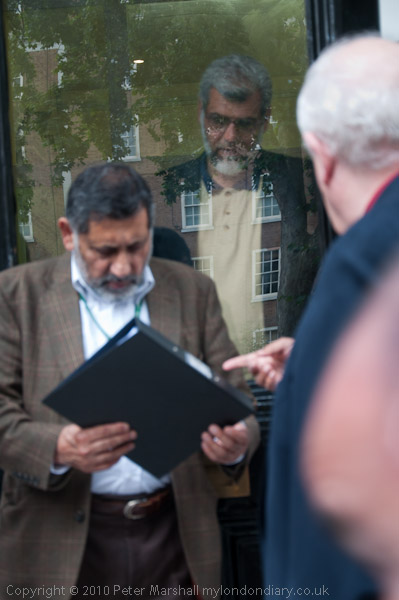
particularly in the cropped version below.
The march from Lowndes Square to Downing St started around 12.20 and having followed for the first couple of hundred yards I decided I had done enough. Sometimes I walk all the way with marches, but often I get too tired and although the backgrounds may change essentially you are working with the same elements. If you’ve got 10,000 people they may be quite a lot to photograph, but with 50 people it’s hard to avoid repeating yourself after a few minutes.
So I went and had my lunch – sandwiches – in Hyde Park (and read a little more of that book) before catching a bus to Trafalgar Square. I’d hoped to catch up the marchers at Piccadilly Circus, and kept a watch out for them from the top deck of the bus, but traffic holdups meant I just missed them there. Large demonstrations play havoc with the roads in London, but police were taking this one along the pavement and it should have caused little delay. I could have got there quicker on the tube or by bike if I’d brought one with me – or had joined the mayor’s bike scheme which launched the previous day.
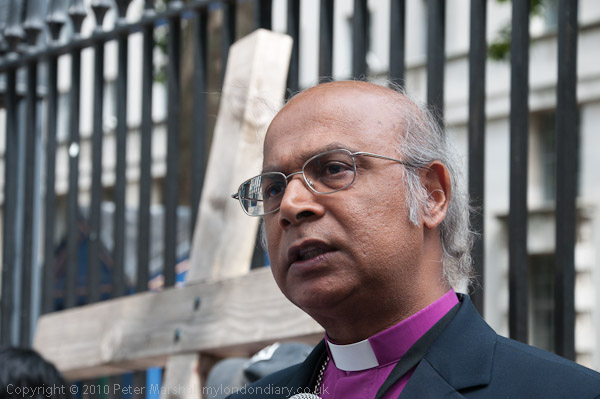
This march was a little different to most, making three stops for prayers en route, and I photographed the last one in Whitehall shortly before it reached Downing St. Here there were more speakers (including former bishop Michael Nazir Ali and London Green MEP Jean Lambert) and also a singer, as well as quite a few more people waiting to take part, so more things to photograph.
More pictures and the story about this protest on My London Diary.
